This is How I Cook and Bake Using Free Power from the SUN!
Many types of solar ovens are available these days, even simple plans to help you build your own. However, Sun Oven meets my needs both as an auxiliary appliance and as a valuable member of our emergency preparedness team. This simple invention is everything I need to cook, dehydrate, bake, and even pasteurize water* should that need arise—all with the sun’s free and readily available power.
On one ordinary day back in 2012, a hefty envelope in my snail mail contained a very kind letter and a detailed mechanical drawing that made me want to sit in the corner and chew my hair. The sender thought I would be the perfect person to build my own solar oven. Right. Like that was ever going to happen. The idea of cooking with sunshine did, however, pique my curiosity.
A few days of intense research confirmed that I would never consider building a solar oven but instead invest in a Sun Oven. This specific oven had impressive reviews from many satisfied owners. I concluded that the few negative reviews came from people who simply failed to read the instructions. But the thing that sealed the deal? Made in the USA.
Power failures and such
I learned that cooking food with sunshine alone is possible with the right collection of mirrors, angles, hinges, clamps, screws, and patience. The more I learned, the more I believed this to be a viable option should an earthquake, storm, or other event result in a power failure.
“Some other event” did strike—a do-it-ourselves kitchen remodel. My husband estimated it would be a three-month job, but I knew better. And I was okay with that, except for one tiny problem―my temporary kitchen did not include an oven. That epic remodel happened, taking nearly a year. We survived, thanks to sunshine and my Sun Oven.
After a month or so of getting comfortable with this contraption, I felt like a solar-cooking rockstar. My photography skills, however, are far less notable. I did take pictures in those early days, but they’re nothing to shout about. Bear with me on that. Sun Oven has reflective mirrors, which make it a photographic challenge.
During the long, seemingly unending remodel, instead of feeling like I had to use the Sun Oven as a last resort and the only way we could carry on without a regular oven, I stopped longing for a real oven, even preferring to use Sun Oven.
Once the kitchen was finished (beautiful, I might add) and I had choices, I didn’t stop using Sun Oven. That’s how awesome it is and fun to use. Needless to say, I am still a huge fan of my Sun Oven, and mostly for these three reasons:
1. Easy
Sun Oven is lightweight and all one piece. It takes only minutes to open up, set up, and get into position. And Sun Oven easily collapses making it compact and portable—about 23 pounds with a carrying handle.
The instructions that came with my Sun Oven are so clear and easy to follow that I was cooking almost as soon as it arrived. I love that it has a thermometer inside the oven so I can watch as the temperature climbs.
I can use my Sun Oven as a regular oven by refocusing it every 30 minutes to stay in alignment with the sun or as a slow cooker by just leaving it alone to cook all day. Even as the sun wanes, as long as I don’t open the chamber, it will stay above 180°F for a good 3-5 hours. It is as amazing as it is simple to use.
2. Efficient
The first time I used my Sun Oven, I was skeptical. I mean, really … the sun? I needed to test this thing and opted to make it prove itself with an epic challenge. My ultimate first try was an 8-pound turkey breast, which takes about 2 hours at 325°F in a traditional oven.
I couldn’t stop staring as the inside temperature preheated to 225°F in only 15 minutes and then went right on up to an ideal 325°F.
That turkey breast roasted perfectly using the crock and lid from my slow cooker. The turkey turned golden brown, produced amazing juices, and after about 2 hours, reached an internal temperature of 165°F. Best of all, it was absolutely delicious.
I bake bread and cookies in my Sun Oven, roast turkey, make pot roast, bake potatoes, and boil all kinds of pasta. Using stacking pots, I also make complete meals of rice, vegetables, and teriyaki chicken all of them cooking at the time in my Sun Oven.
While it is possible to overcook food using a Sun Oven, it’s very difficult to burn things, a technique that I am usually quite proficient in. The Sun Oven site explains this phenomenon: The Sun Oven creates completely even heat. The whole chamber is at the same temperature.
Once I got into this idea of cooking with sunshine, I joined a kind of Sun Oven cult following. I started with recipes that came with my oven, watched YouTube videos, and found Facebook groups with tons of great information. I had no idea that Cooking with Sunshine had its own little world of devoted followers.
3. Economical
Whenever I fire up my Solar Oven, it just knocks me out that I am taking advantage of free energy without solar panels or backup batteries. In a way, it is a primitive method, but at the same time, it is super fun and modern—like a Tesla. Ha.
Solar energy is legal, readily available (even on partially overcast days), powerful, and free. But get this: Pop the thing open, make sure it’s pointing to the sun, and it takes only about 20 minutes for the Sun Oven to reach 300°F.
Many types of solar ovens are available these days, even simple plans to help you build your own. However, for me, Sun Oven meets my needs both as an auxiliary appliance and as a valuable member of our emergency preparedness team.
This simple invention, the Sun Oven, is everything I need to cook, dehydrate, bake, and even pasteurize water* should that need arise—all with the sun’s free and readily available power.
*Pasteurization occurs when water is brought to 150°F (65°C) for 6 minutes. Pasteurization destroys all microorganisms and dangerous pathogens that cause diseases from drinking contaminated water.
Overview
- Made in the USA!
- Cook, bake, boil, steam, and dehydrate with free sunshine
- Cooking temperature is controllable by realigning directly or indirectly with the sun, even on an overcast day
- All one-piece, collapsible—opens easily
- Reaches temperatures of up to 400°F, as desired
- Dehydrate fruits, vegetables, or jerky
- Slow cook or use a conventional stovetop or oven
- Totally safe, no fire danger
- As portable as a small suitcase, only 23 lbs.
Resources
While my Global Sun Oven is excellent, it is now 12 years old. During that time, an improved model, the All-American Sun Oven, joined and grew to the top spot for Sun Oven aficionados. If you are interested, that’s what you should be looking at. Sun Ovens are still Made in the USA, and don’t we love that❣️
FAQs
These are the questions I had, with answers from the awesome folks at Sun Oven. I’ll bet you’re wondering some of these same things, followed by “12 reasons Sun Oven Gives the Best Bang for Your Buck”
What can I cook in a Sun Oven?
Anything you can cook in a conventional electric or gas oven and most things you can cook on a stovetop can be cooked in a Sun Oven. You can bake, boil, and steam, so the only foods you cannot cook are fried foods.
Where are the Sun Ovens manufactured?
The Sun Ovens which are sold in North America are made in Elburn, Illinois. With the exception of the thermometer, all of the component parts used in the Sun Ovens are made in the USA. Sun Ovens that are used outside of North America are often made in the country in which they are used.
What is the cooking temperature range?
The Sun Oven will reach temperatures of 360 to 400 degrees Fahrenheit. Cooking temperatures will vary depending on the brightness of the sun and how often the oven is refocused to follow the sun.
Will food prepared in a Sun Oven taste the same as food prepared in my conventional oven?
The food tastes much better! Sun Oven cooking allows many of the natural flavors of food, which get baked out in conventional ovens, to remain. The slow, even rise in temperatures in a Sun Oven gives the complex carbohydrates time to break down into simple sugars allowing subtle natural flavors to emerge. Sun baked-foods stay moist (the natural internal juices do not bake out) resulting in a superior, moist taste and much less shrinkage.
How long does it take?
Cooking times are close to the same as those in a conventional oven. Because the sun sometimes goes behind clouds, cooking times can vary. At times it may take a little longer. The factors that affect the cooking time are: the quality of the sunlight at the time you are cooking, the types and quantities of the food being cooked, and how often the oven is refocused. A good rule of thumb is to add 10 to 15 minutes of cooking time for each time the oven door is opened. The amazing thing about using a Sun Oven is that it is almost impossible to burn food; and sun-cooked food does not dry out. This enables food to be cooked for a longer time at a lower temperature or in less time at a higher temperature without affecting the quality of the food. There are two ways to cook in a Sun Oven. If you refocus the oven to follow the sun every 25 to 30 minutes, cooking times and methods will be very similar to cooking with a conventional stove or oven. Or a Sun Oven can be used for slow cooking, much like a crock-pot. You can prepare your dinner, put it in the Sun Oven and point the oven toward where the sun will be approximately halfway through the time you will be gone. Leave, and come home to a tasty, slow-cooked dinner. If you run late, there is no need to worry; the Sun Oven will keep your food warm, moist, and fresh for hours.
Does a Sun Oven require special pots and pans?
No, but dark, thin-walled pots with lids work best. Dark pots change the light from the sun into heat energy. Shiny aluminum pots and pans cause light to be reflected out, thereby reducing the oven’s temperature. Glass casserole dishes with lids also work well. With the exception of bakery goods, everything cooked in a Sun Oven should be cooked in a pot with a lid. Lids hold steam in the pot. If a lid is not used, the steam will fog the inside of the glass and reduce the temperature. For baking cakes, breads, cookies and pies, dark cookie sheets and baking tins work best.
Can more than one thing be cooked at the same time?
Yes, the Sun Oven has been designed to accommodate baking two loaves of bread at a time. Several flat pans can be cross-stacked to enable several layers when making granola or cookies. Two small stackable pots can be used on the leveling tray. The leveling tray can be removed to increase the usable area inside the Sun Oven and allow larger stackable pots or pans to be used. (It is important to note that if the leveling tray is removed, pots and pans should be placed on a trivet, not on the floor of the oven. To cook evenly, there must be airflow all the way around the pot. A trivet will allow enough air to pass under the pot to ensure an even heat.)
Does food need to be stirred?
No, stirring to prevent scorching is not required when cooking in a Sun Oven due to the fact that there are no hot spots. The temperature of the food and the pot remain the same and rise evenly. It is almost impossible to burn food in a Sun Oven.
Will food brown when cooked in a Sun Oven?
In full sun, bread baked in a Sun Oven will brown. To ensure a brown crust every time bread is baked, a light mist of water can be sprayed on the dough just before it is placed in Sun Oven. A dark lustrous finish on breads can be achieved by using an egg or milk wash on the dough before baking. When poultry is baked in a Sun Oven in a covered pot it does not brown. A golden brown surface can be attained on meats and poultry by sprinkling a small amount of sugar over them. Paprika is also useful for creating an appetizing appearance.
How difficult is it to focus a Sun Oven?
Focusing a Sun Oven is very easy. All that is required is to watch the shadows created by the oven. When the shadows are even on all sides, the cooker is directly focused. The built-in leveling leg on the back of the oven allows for easy tracking. You regulate the temperature by turning the oven towards the sun and focusing the oven. If you want the oven at a high temperature you turn the oven towards the sun and directly focus the oven. If you want a lower temperature in the oven you focus the oven directly, then turn the oven slightly out of direct focus.
How often must a Sun Oven be refocused?
The need to refocus depends a great deal on what you are cooking, the time of day, and the temperature you wish to maintain. A good rule of thumb is to plan to readjust every 30 minutes to maintain maximum heat. At noon the sun is high in the sky and moves quickly past the maximum focus point, creating the need to refocus more often. Later in the day, you will not need to refocus as often. The Sun Oven is equipped with a built-in Levelator, which keeps food level and avoids spills while being refocused. Many meals can be cooked without refocusing. Sun Oven users often will put their ovens outside, focused for the mid-day sun, with their dinner in it when they leave for work in the morning. As the sun moves overhead, the temperature in the Sun Oven chamber slowly rises to a cooking level. As the sun passes, the food is kept warm, and when they return from work, they have a warm, sun-cooked dinner. (Keep in mind food will not burn in a Sun Oven and that the chamber is extremely well insulated, allowing food to stay warm for hours.)
Will I need to be concerned about getting burned when using a Sun Oven?
The only parts that get hot are the oven chamber, the cooking pan, and the glass door. Proper care must be taken to use hot pads when opening the door and removing food. The entire exterior of the oven, including the reflectors, does not get hot and remains safe to touch.
How long will a Sun Oven last?
The estimated life of a Sun Oven is 15 + years. With proper care it should last a lifetime.
Do I need special recipes to cook in a Sun Oven?
The Sun Oven reaches temperatures comparable to that of conventional ovens; therefore no special recipes are required.
Can I use a Sun Oven in the winter?
Yes, a Sun Oven can be used on a clear winter day. The most important factor in using a Sun Oven is the brightness of the sun, not the outside air temperature. Often, a 40-degree, clear, low-humidity day will allow food to cook faster than a 100-degree day with high humidity. The Sun Oven has been used very successfully at the base camp of a Mt. Everest expedition where the temperatures are often well below zero. There are, however, more cooking hours available in the summer than in the winter. In the summer, it is not unusual to cook from 8:00 AM to 6:00 PM, whereas, during the early winter, effective cooking is limited to 10:00 AM to 2:00 PM.
Can a Sun Oven be used to dry or dehydrate foods?
Yes, a Sun Oven makes an excellent solar dryer. When the latch (which holds the door shut for cooking) is turned inward and the glass door is set on top of the latch, moist air can escape and the temperature inside the oven will remain low enough to keep the items being dried from starting to cook.
What is the warranty on the Sun Oven?
Yes, there is a 15-year warranty on the reflectors against rust or corrosion and a 15-year warranty on the gasket against cracking.
12 reasons Sun Oven gives the best bang for your buck
- When placed side by side with most homemade cookers and knockoffs, a SUN OVEN® will reach temperatures that are 75 to 100 degrees hotter. (Consistently reaches temperatures of 360℉ to 400℉ )
- On a partly cloudy day, the SUN OVEN® can cook when the majority of solar cookers cannot. (There only needs to be enough sun to cast a shadow to use a SUN OVEN® while full sunlight is required for the others.)
- You can use a wide variety of pots and pans you already own in the SUN OVEN® (including cast iron Dutch Ovens and stoneware). In other solar cookers, you can only use the dark enamel pots.
- SUN OVENS® have been on the market since 1986 and are designed to last for 15 years of daily use in developing countries and 20+ years in the US. (Over the past 28 years, they have been put to long-term tests with daily use in rough environments in more than 130 countries around the world.)
- Due to its long life and ability to cook on partly cloudy days, a SUN OVEN® costs less per meal than any other type of solar cooker.
- Bread can be baked in a SUN OVEN® on a partly cloudy day. Most solar cookers do not get hot enough to bake bread, but full sun is required if they can.
- The SUN OVEN® is the only solar cooking device that allows you to cook quickly or slowly. Other Solar cookers can only cook slowly. (There are two ways to cook in a SUN OVEN®. If it is refocused every 25 to 30 minutes, the temperature will remain higher and the cooking time will be less. The other alternative is to use the SUN OVEN® as a slow cooker. A meal can be put in the oven in the morning, and the oven can be placed where the sun will be at mid-day, and the meal will slow cook throughout the day and be ready whenever you want to have dinner.)
- For the past 28 years, SUN OVENS® have been proudly made in the United States. (With the exception of the thermometer, all of the component parts used in the SUN OVENS® are made in the USA.)
- A portion of the proceeds from every SUN OVEN® purchased in the U.S. goes to support the company’s work in third-world countries.
- In addition to cooking, a SUN OVEN® can also be used as a solar dryer or dehydrator.
- Satisfaction guaranteed! If you are not completely satisfied with your SUN OVEN®, you may return it anytime within the first 30 days and receive a full refund.
- The SUN OVEN® is very user-friendly
EverydayCheapskate™ is reader-supported. We participate in the Amazon Services LLC Associates Program and other affiliate advertising programs, which are designed to provide a means for publishers to earn fees by linking to Amazon.com and other affiliated sites. Thanks!
More from Everyday Cheapskate
Please keep your comments positive, encouraging, helpful, brief,
and on-topic in keeping with EC Commenting Guidelines
Last update on 2024-04-26 / Affiliate links / Images from Amazon Product Advertising API

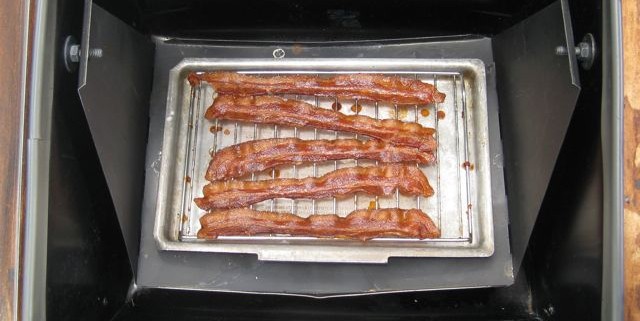
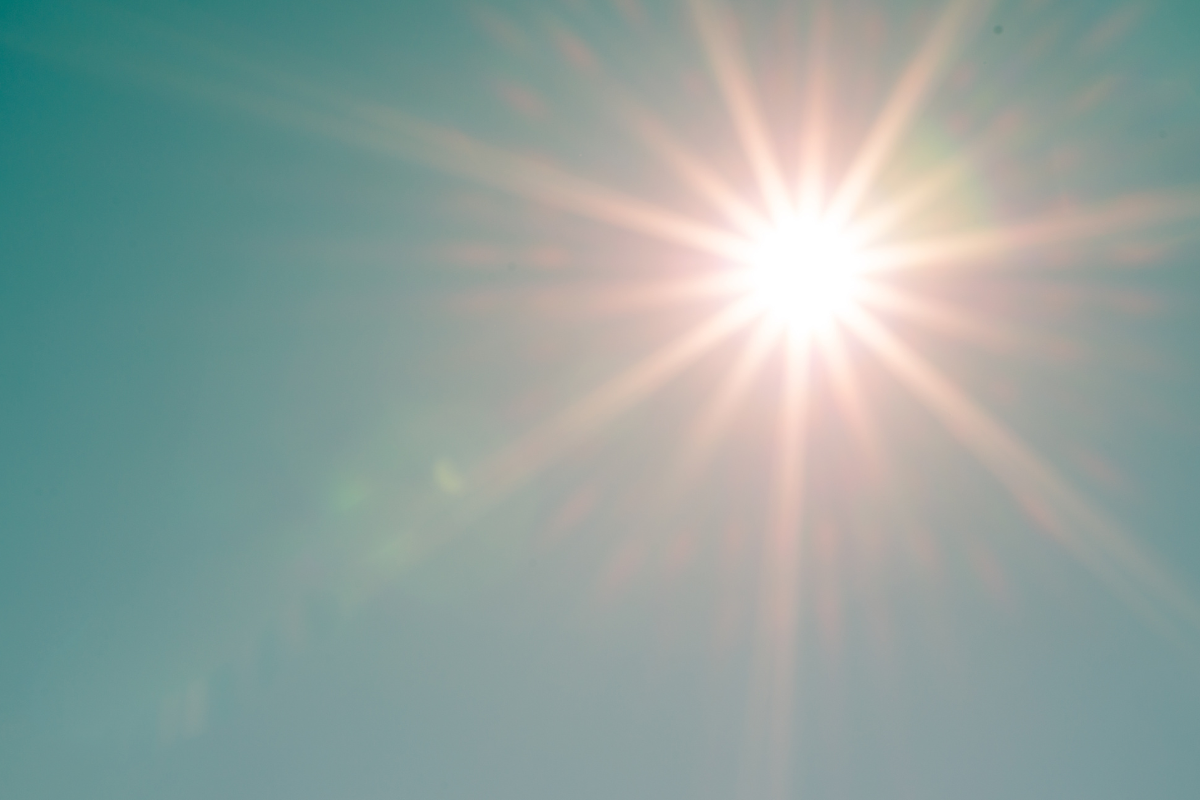
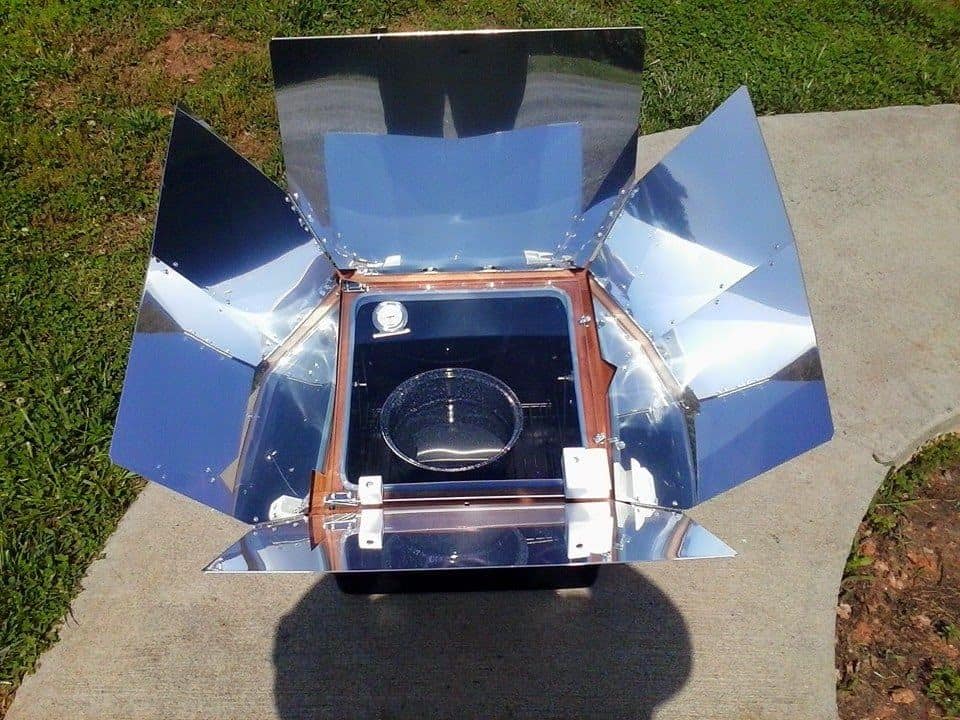
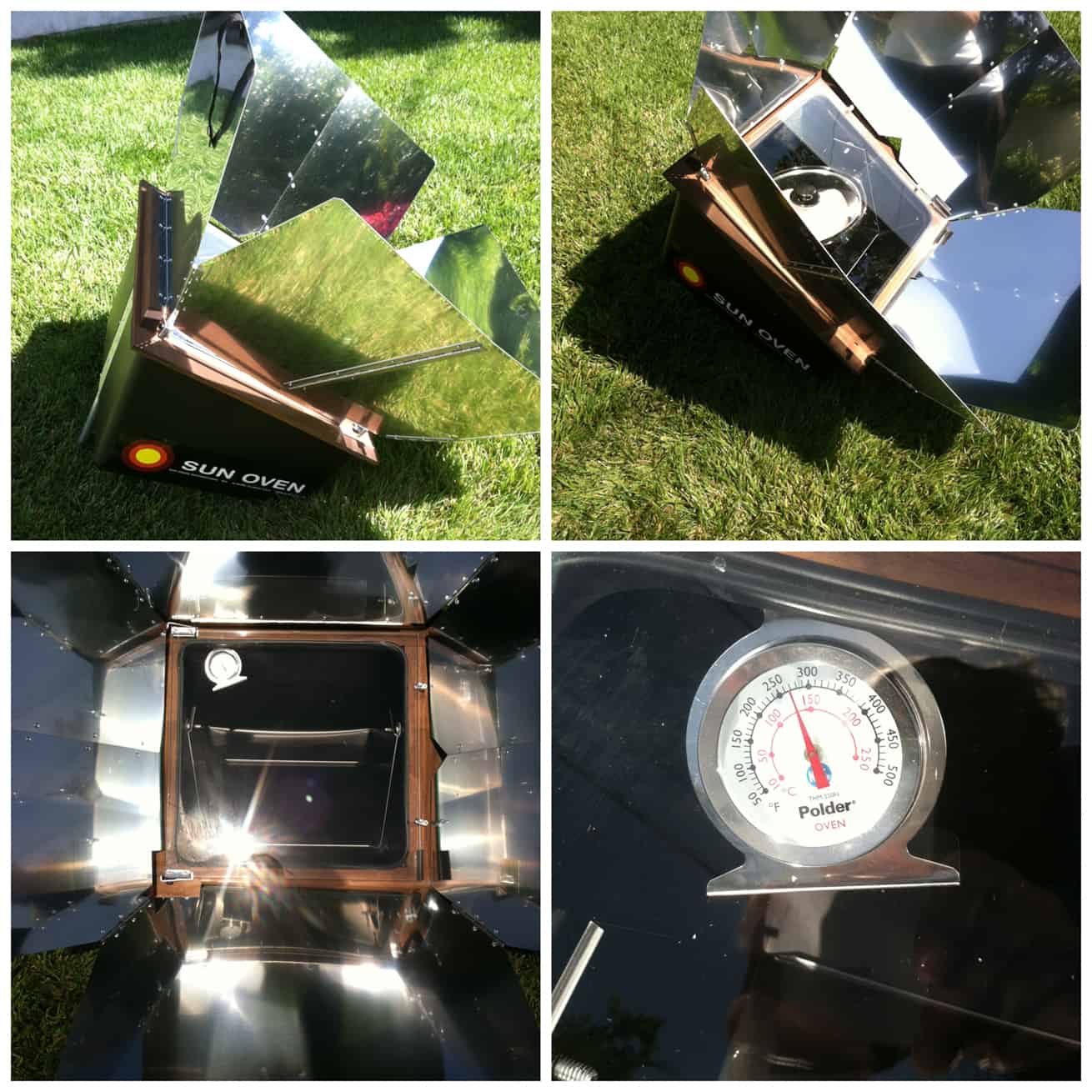

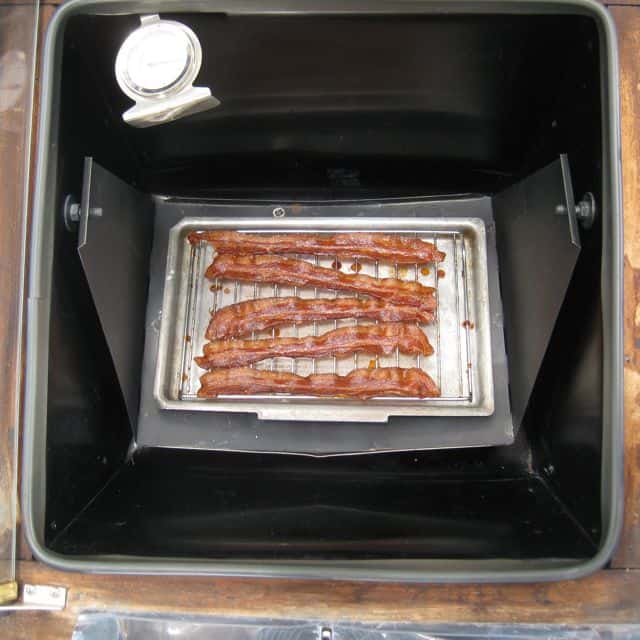



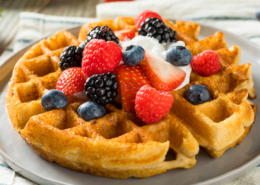
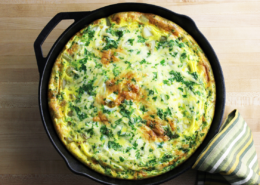
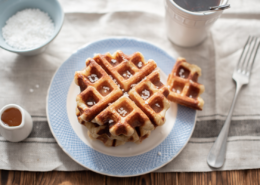
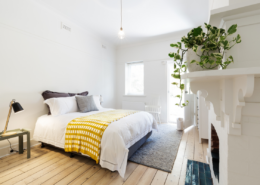
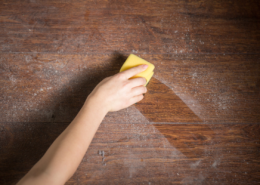


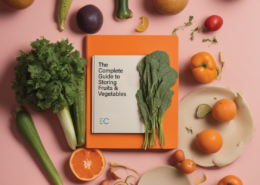



Mary — I could see how the Sun Oven would be fun to use when you take another van trip!! I sent the info to my son who is a bit of a “survivor” type — he likes to be prepared for when the peanut butter hits the fan!!
I ordered the sun oven and cannot get ahold of the company for information on delivery date.
I am trying to cancel. Thank you
UPDATE: After posting that there was a problem I had with the company not replying or answering my phone calls, EC contacted them and there was a great resolution and no problem now, looking forward to using the Sun Oven. Thank you EC
Happy to help, Mary. I’m confident you’re going to love your Sun Oven
It seems there are cheaper alternatives on (dare I say) Amazon. It would take some reasearch to choose!
This looks amazing! But I’m not sure we can afford it… Do you also have a suggestion for a “best inexpensive” solar oven?
Wow! I didn’t expect this. Thanks for constantly surprising me with new money-saving ideas. The double bonus is baking on a hot day without heating up the house. Thanks, Mary!
Although this is a wonderful concept, I find the price is too much for people on limited incomes such as myself. Could there possibly be alternatives out there?
You have lived in CA and CO, so I can see how a Sun Oven could work for you. I looked it up and in the Seattle area we have only 164 sunny or partly sunny days in a year. Would that put it out of range for us?
Manufacturer says it can be used “on a clear winter day.” I’m not sure how they define a clear day, or partially sunny day. For sure Sun Oven depends on sun, not on temperature. On a sunny day, I can cook in Sun Oven even if the temperature is in the 30s.
This sounds like a huge improvement over the old reflector ovens we used at camp.
While the video mentions taking it on a wilderness trip, that kind of weight seems more fitting for expedition type trips as they handle more weight than a simple backpack trip might.
I love Borax. Is there a generic bulk source for purchase?
And PS, thank you for all your wonderful research and life tips.
Thanks, Nancy! Yes, there are sources … this 55 pound bucket is the best price I’ve seen recently … works out to 11 1/2 cents per ounce, if you want to compare.